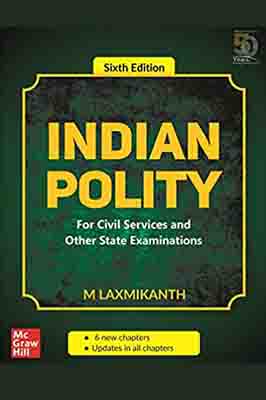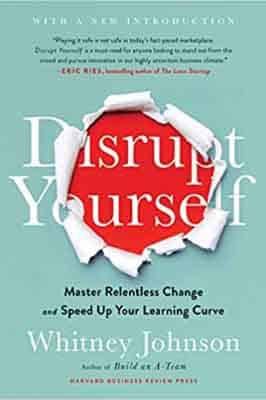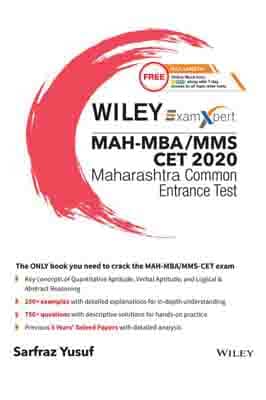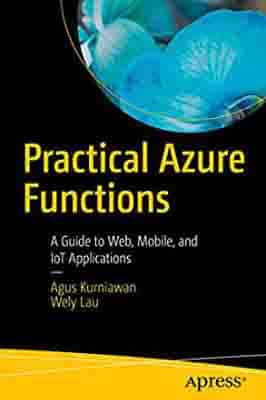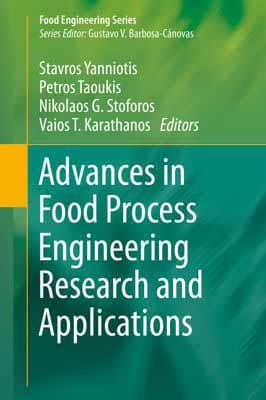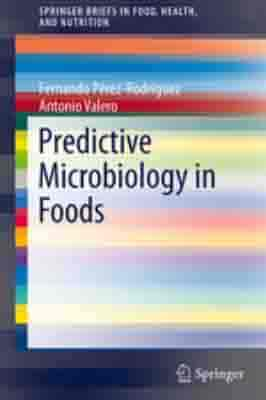
Predictive Microbiology in Foods
Author :
Publisher :
Published date : 12 Dec 2012
Genres : Textbook
About the Book
Predictive Microbiology in Foods
Predictive microbiology is a recent area within food microbiology, which studies the responses of microorganisms in foods to environmental factors (e.g., temperature, pH) through mathematical functions. These functions enable scientists to predict the behavior of pathogens and spoilage microorganisms under different combinations of factors. The main goal of predictive models in food science is to assure both food safety and food quality. Predictive models in foods have developed significantly in the last 20 years due to the emergence of powerful computational resources and sophisticated statistical packages. This book presents the concepts, models, most significant advances, and future trends in predictive microbiology. It will discuss the history and basic concepts of predictive microbiology. The most frequently used models will be explained, and the most significant software and databases (e.g., Combase, Sym’Previus) will be reviewed. Quantitative Risk Assessment, which uses predictive modeling to account for the transmission of foodborne pathogens across the food chain, will also be covered. ​
Abstract
Predictive microbiology in foods is a research area within food microbiology intended to provide mathematical models to predict microbial behavior in food environments. Although the first predictive models were dated at the beginning of the 20th century, its great development has occurred in the past decades as a result of computer software advances. In addition to the exhaustive knowledge on food microbiology, the predictive microbiology field is based on important mathematical and modeling concepts that should be previously introduced for predictive microbiology beginners. The different typology of predictive models allows predicting growth, inactivation, and probability of growth of bacteria in foods under different environmental conditions and considering additional factors such as the physiological state of cells or interaction with other microorganisms. Nowadays, predictive models have become a necessary tool to support decisions concerning food safety and quality because models can provide rapid responses to specific questions. Furthermore, predictive models have been incorporated as helpful elements into the self-control systems such as Hazard Analysis for Critical Control Point (HACCP) programs and food safety risk-based metrics. National and international food safety policies are now based on the development of Quantitative Microbial Risk Assessment studies, which is greatly supported by the application of predictive models. Predictive microbiology is still growing but at the same time is turning into an important tool for improving food safety and quality.
About the Author
a few words
Similar
Books
Ratings and Reviews:
 0
0 ratings
0
0 ratings

Your Ratings on Predictive Microbiology in Foods

